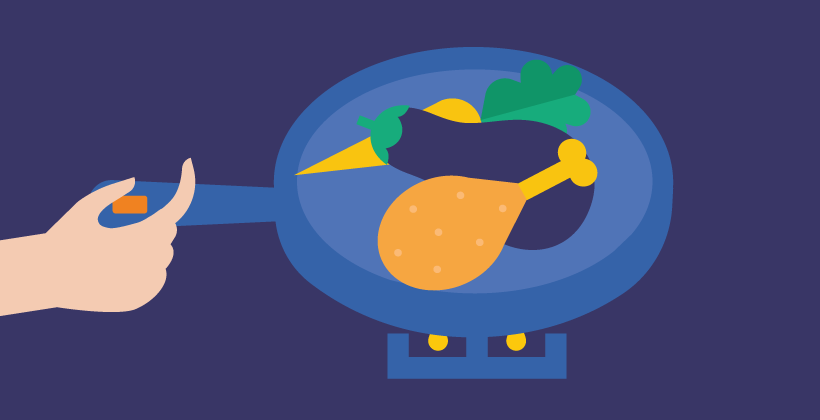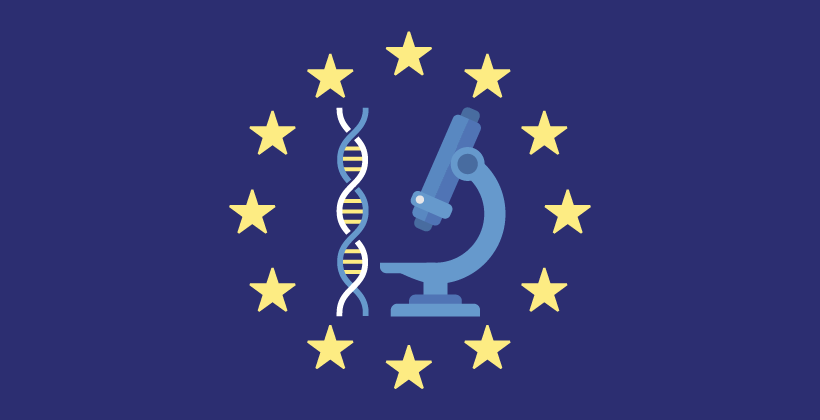What to do if the freezer stops
Last Updated : 01 December 1999The freezer plays an important role in household management. If it stops working, several steps should be taken to prevent food safety problems and unpleasant odours.
If it is likely to be working within 24 hours, it is best to leave the food inside with the door shut. Do not open the door to check the food -- this will raise the temperature! If the freezer is likely to be out of operation for more than a day, it may be worth moving the food to another appliance.
The course of action on the second day depends on how much food is in the freezer. If it is full, the food will stay cold for another day. If it is less than half full and in a heated room, the food will soon start thawing and dripping.
Once the freezer is working, the next concern is salvaging the contents. As a general rule, products that have been thawed for several hours should not be re-frozen and may need to be discarded. As some foods resist thawing better than others you should check each food individually.
Cooked foods and shellfish cannot be refrozen, and they should be discarded if they have reached a temperature over 5°C for more than three hours. One way to test this is to squeeze the unopened package. If ice crystals are present, the temperature is below 5°C. If there are no ice crystals, throw the food out.
Raw meat, poultry, and fish resist thawing better than cooked dishes. Raw meats that have been above 5°C for a maximum of 6 hours can usually be salvaged if they are eaten immediately. For additional safety, the meat should be cooked to an internal temperature of 75°C. Raw meat and poultry that contain ice crystals may be refrozen.
Fruits survive thawing with little damage to quality and are safe to eat or to use in cooking. They can be refrozen if they show no signs of spoilage, whereas vegetables should be refrozen only if ice crystals are present. Baked goods that normally would be kept several days at room temperature may be refrozen if there are no signs of mould growth. Baked goods with cream frosting or filling, puddings and ice-cream should be discarded.
Sometimes it is not possible to know how long food has been thawed. In this case, the safest thing to do is to discard everything.
A wide range of psychrotrophic microbes (those that grow in the cold) may be present in freezers. Some are dangerous and some cause unpleasant odours.
When the freezer or refrigerator is inactivated the rise in temperature causes microbes to multiply rapidly. Liquid that drips from thawing foods can seep into cracks and spoil. Thus, the appliances become smelly. With combination refrigerator/freezers the refrigerator can keep re-infecting the freezer, sustaining the smell and the danger of food poisoning.
A solution is to clean both the freezer and the refrigerator thoroughly with domestic hypochlorite bleach (diluted according to the instructions on the bottle label).
It is important to use new, clean cloths to wash the surfaces to prevent them from being re-inoculated with millions of new microbial cells. The cleaning process should be finished by rinsing with a solution of sodium bicarbonate. Most mildewy smells are caused by volatile fatty acids. Their sodium salts are not volatile so reaction with sodium bicarbonate stops the smell.
Freezer failure can mean lost food, time and money. The best time to decide how to handle this emergency is before it happens.
References:
- North Carolina Cooperative Extension Services. The Notebook of Food and Food Safety Information. 1997.
- VanGarde, Shirley J. and Margy Woodburn. Food Preservation and Safety: Principles and Practice. Iowa State University Press, 1994.








